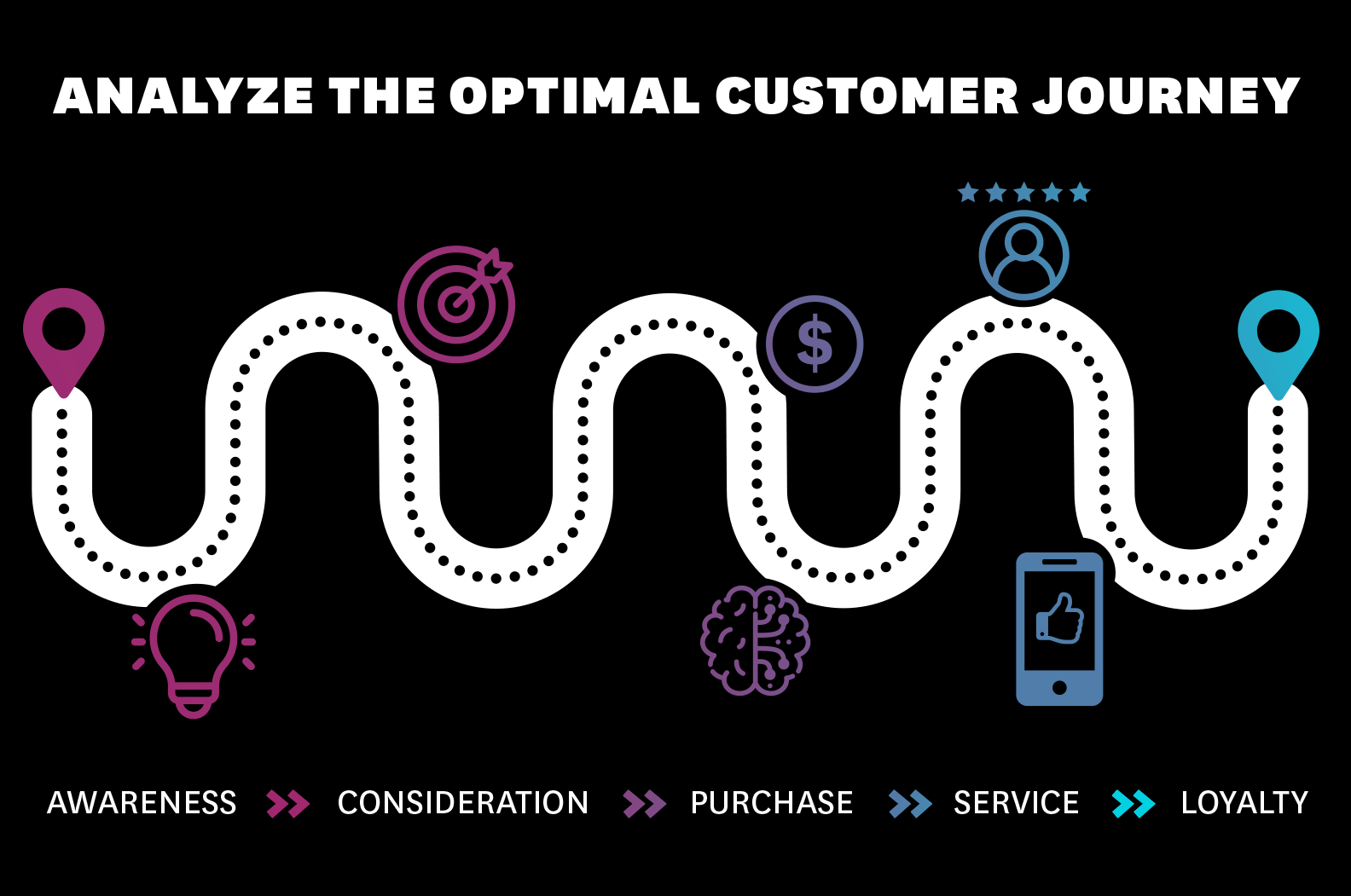Inbound marketing: is it still a current approach?

The law of supply and demand: this is the basis of the economic functioning of any business. In an era where consumers are more in control of their decisions than ever before, note that, it is now through supply that demand is created. In other words, organizations, large and small, have turned to inbound marketing, an approach whose origins remain unclear, but which have been widely popularized by platforms like HubSpot, in 2012. And yes, this marketing strategy appeared more than a decade ago!
It may seem paradoxical to want to deal with this subject. When you think about it, marketing professionals must be a "Jack/Jacqueline of all trades", advocate a 360 approach, constantly renewing themselves and staying on top of trends in order to distinguish the brands they defend. Yet inbound marketing is still widely adopted by a majority of organizations. In fact, in 2019, no less than 93% of companies that opted for this approach saw that their conversion rate was positively impacted, according to a study by HubSpot. Therefore, is inbound marketing still "in" or completely outdated? Is it a simple trend that tends to disappear or rather, is it a sustainable marketing method?
Inbound marketing: the least kept secret of an effective strategy!
Let's be honest, even if you have heard of the term "inbound marketing" before, few of you can rise to the daunting challenge of putting it in laymen’s terms.

Etymologically speaking, inbound means "to bring to oneself". In other words, an organization that adopts this strategy becomes its own media. Unlike outbound marketing, the company creates, distributes and shares its own content on the Internet, the principle being to provide answers to consumer questions without necessarily falling into promotion. A Google search is often the first step in the prospect's journey. Thus, if your content is of high quality, well referenced and easily shareable, it gives the Internet user a good reason to get to know you, since the information will be useful credible to your expertise. As you can see, it's all about delivering the right message to the right audience and at the right stage of the customer journey. This requires an in-depth knowledge of your target audience and the obstacles they face, but also, a well thought out content strategy, relevant and strategic SEO and a careful social media presence. What's more, since 92% of people rely on word of mouth rather than advertising, it is in your best interest to take care of your customers, no matter where they are in the journey, if you want to gain notoriety and generate new leads.
Still current nowadays?
Of course, inbound marketing is no longer the same as it was in 2012. Newsletters, which used to be educational and informative, are now full of commercial messages and saturate consumers' inboxes. The Google algorithm is constantly being updated to better respond to requests and improve the SEO of some, including local merchants. The "pay to play" of social networks is more present than ever, while we observe a generalized decline in the organic scope of page publications. Although inbound marketing may have been overused, it is still a current and effective practice, especially nowadays!
Think about it for a moment, with the pandemic, all of our communications have gone digital. Forced to adapt, we migrated events, conferences, trade shows and various encounters to our screens. Many organizations have also cut back on advertising to revert to an organic content strategy, due to the lack of resources. Even though the current health situation has taken a heavy toll on our economy, in a way, the Internet has enabled many to maximize their growth at lower costs, which would not have been the case just a few years ago. You guessed it, these tactics are the root of inbound marketing and have shaped our interactions over the past few months! Still not convinced?
3 predictions on the future of inbound marketing
The role of artificial intelligence

The continuous optimization of the GAFAM algorithms will take SEO to a higher level, both on the Web and on speech recognition devices (Siri, Google Home, Alexa, etc.). Determining the keywords best suited to the native language of these different search devices has therefore become an essential element to include in your SEO strategies. This is all the more true nowadays, when the consumer wants something, they want it right away, and spend more time online shopping. Let's not forget about chatbots, which are gaining ground by allowing you to offer enhanced customer service, or campaign automation tools, which ensure continuous contact with your various targets, while gathering more key information about them.
Tools within everyone's reach
Smaller players will also be pleased to learn that most programming, automation and analysis tools will become more accessible, both in terms of cost and functionality. Benefits include increased knowledge of its audiences, the discovery of niches, and an assessment of customer experience and return on investment, among others. However, with progress and accessibility also comes greater traffic and therefore fiercer competition. Organizations will therefore have no choice but to maximize their efforts to propose innovative ways to use these technologies.
People remain the center of all concern

Whether from an individual or collective point of view, people will remain at the heart of inbound marketing strategies. The health context has made it possible to highlight the sometimes difficult reality of many, including that of local businesses. From now on, we expect nothing less than authentic, empathetic non-commercial communications. Hyper-personalized, nested and customized content will also be on the rise, as individuals no longer want to be perceived as a mere number. Consider videos – not only do they continue to grow in popularity – 87% want to see more video content and 68% think it’s the best way to learn online – in addition, it helps to humanize your organization.
The low-touch economy: a pandemic effect serving for inbound marketing
If you have only one thing to remember from this article, it is the notion of quality. Even after the health crisis, some people, for various reasons, will continue to practice social distancing by minimizing human contact. This is called the low-touch economy: health rules are so important to them that they maintain these behaviors, therefore the Internet will remain their best friend and their main consumption platform. Thus, it will be essential to know these consumers well, to know where, when and how to reach them, while taking care of the content they are offered and offering them an optimal user experience. How do you juggle all this? Analysis, analysis and more analysis, because that's what inbound marketing is all about: a continuous dialogue with your targets!
- Log in to post comments


